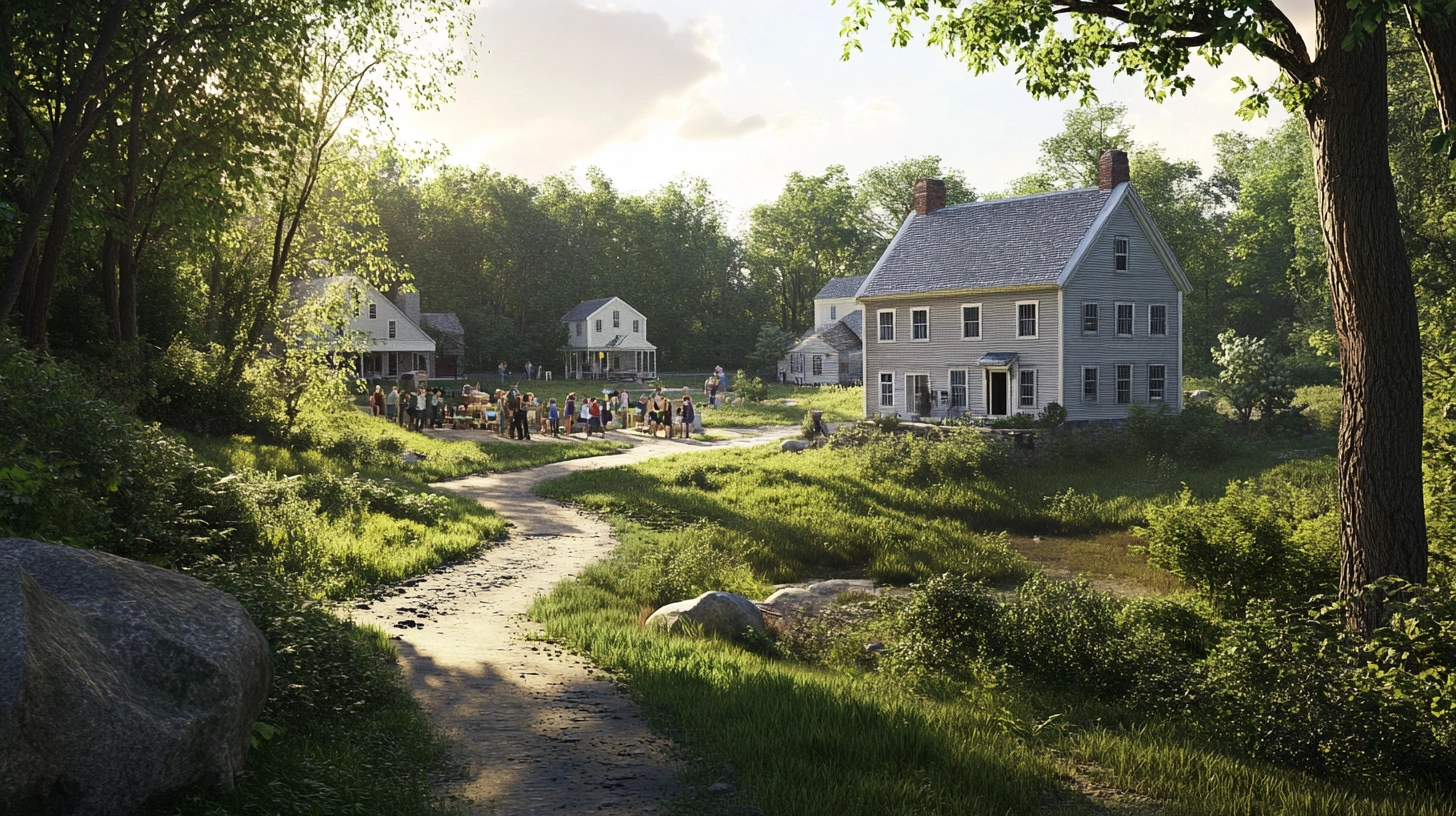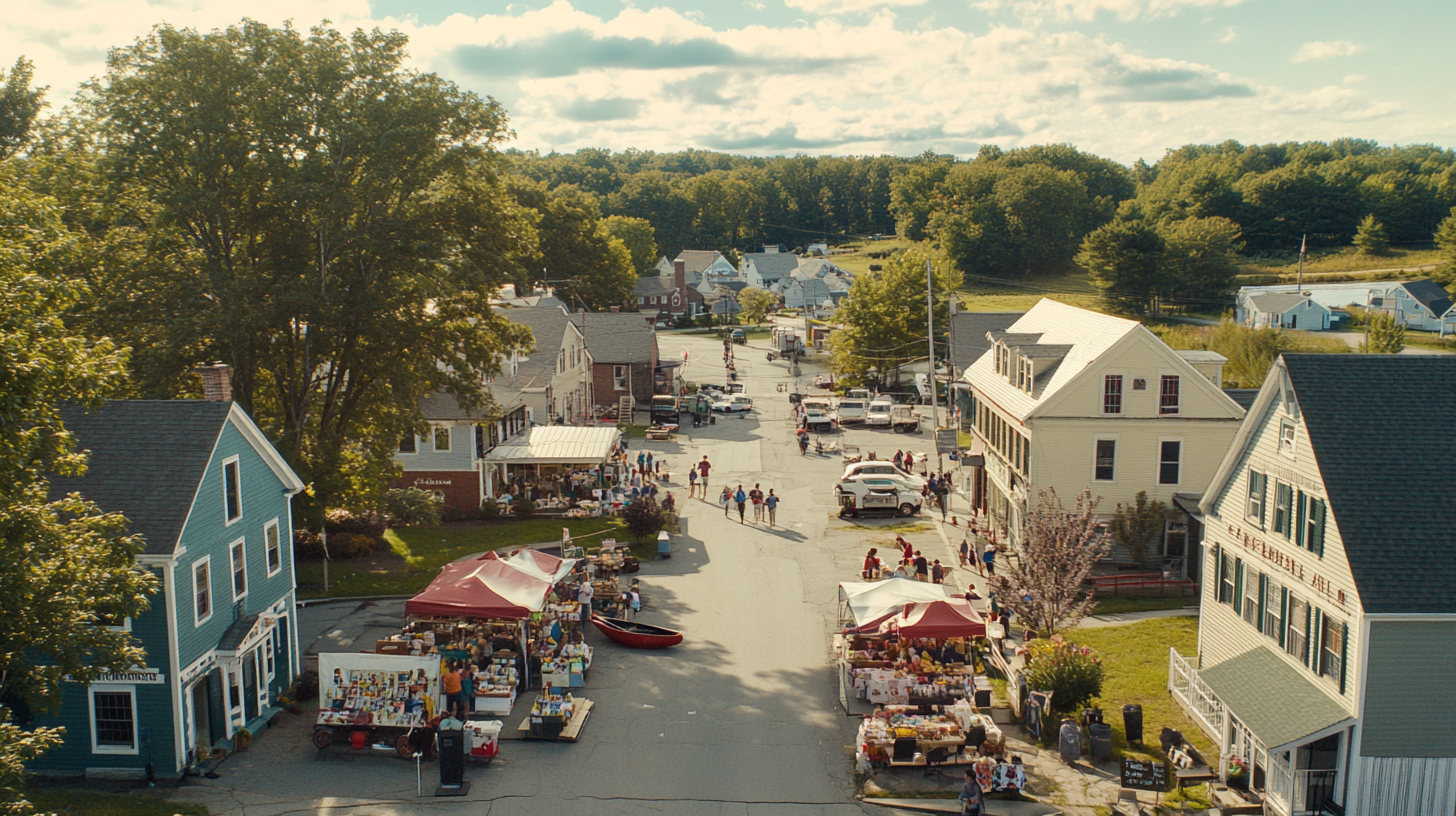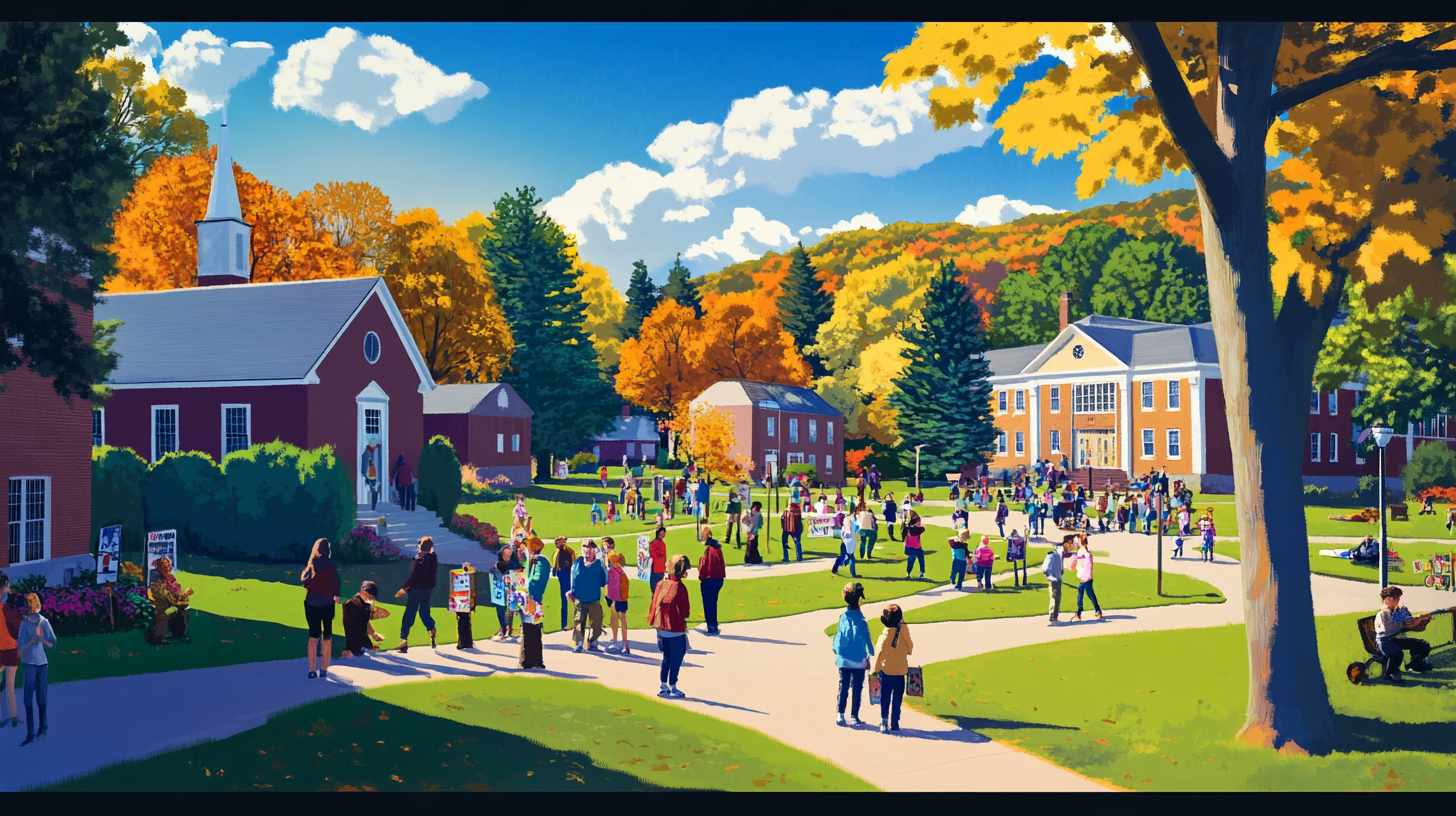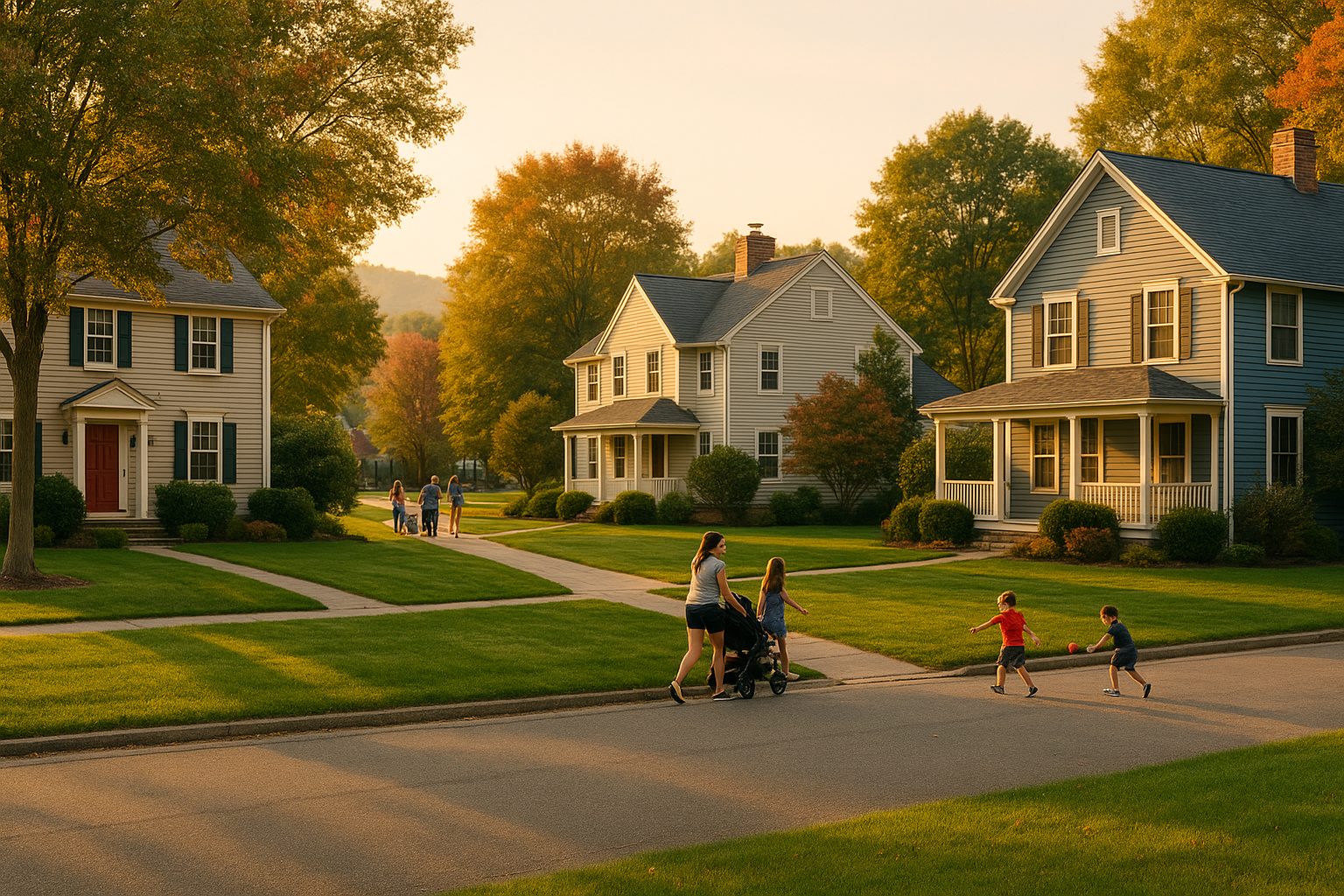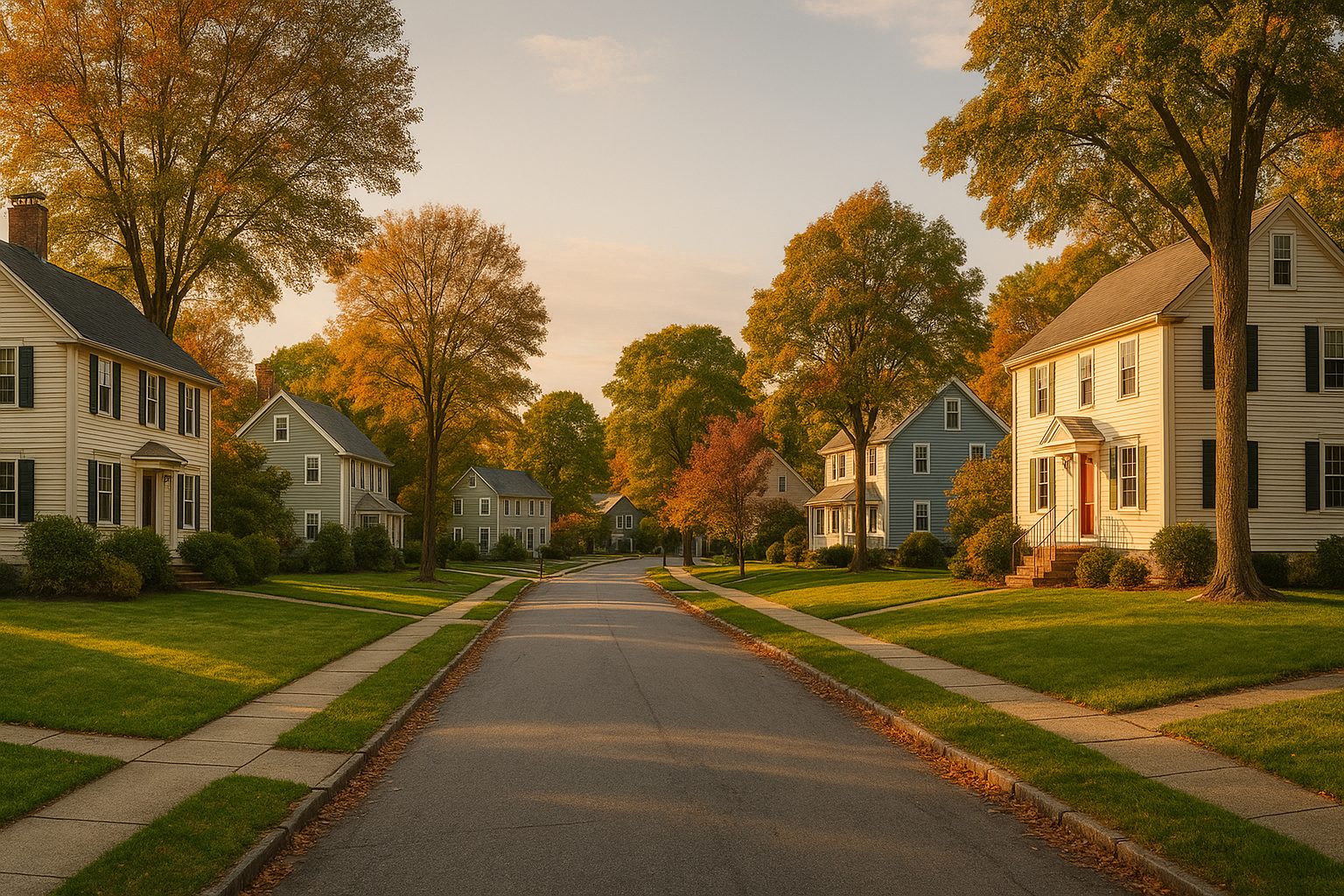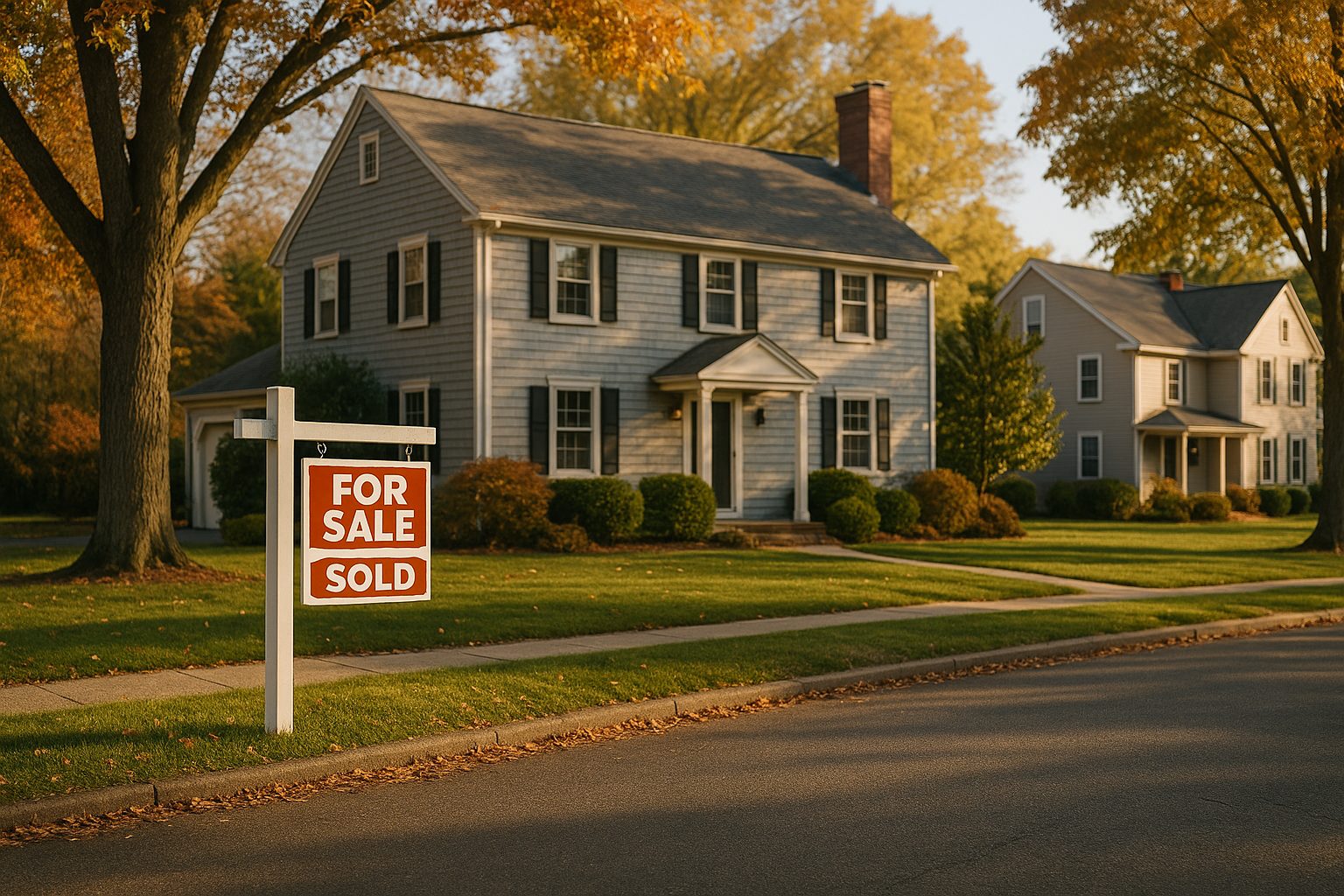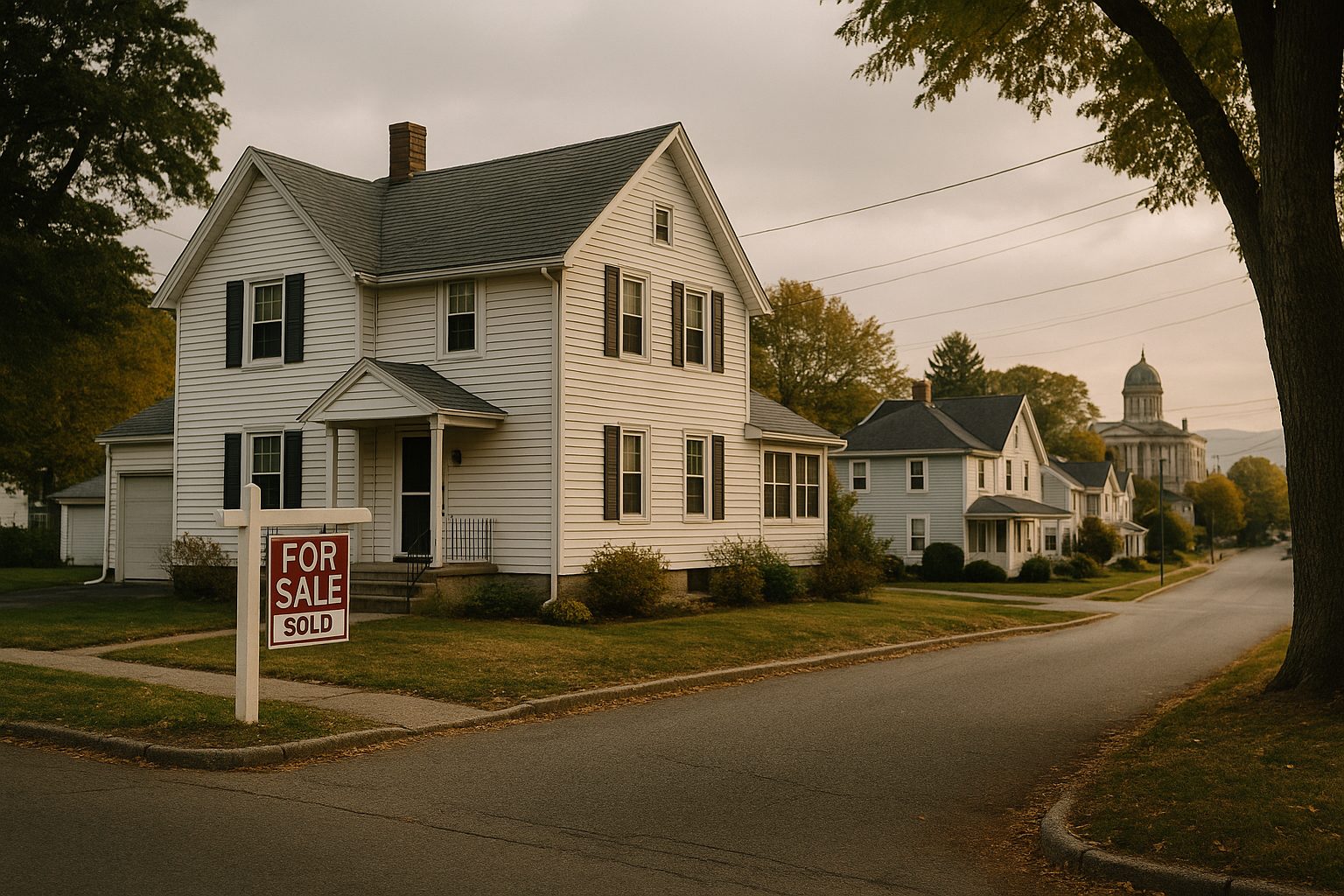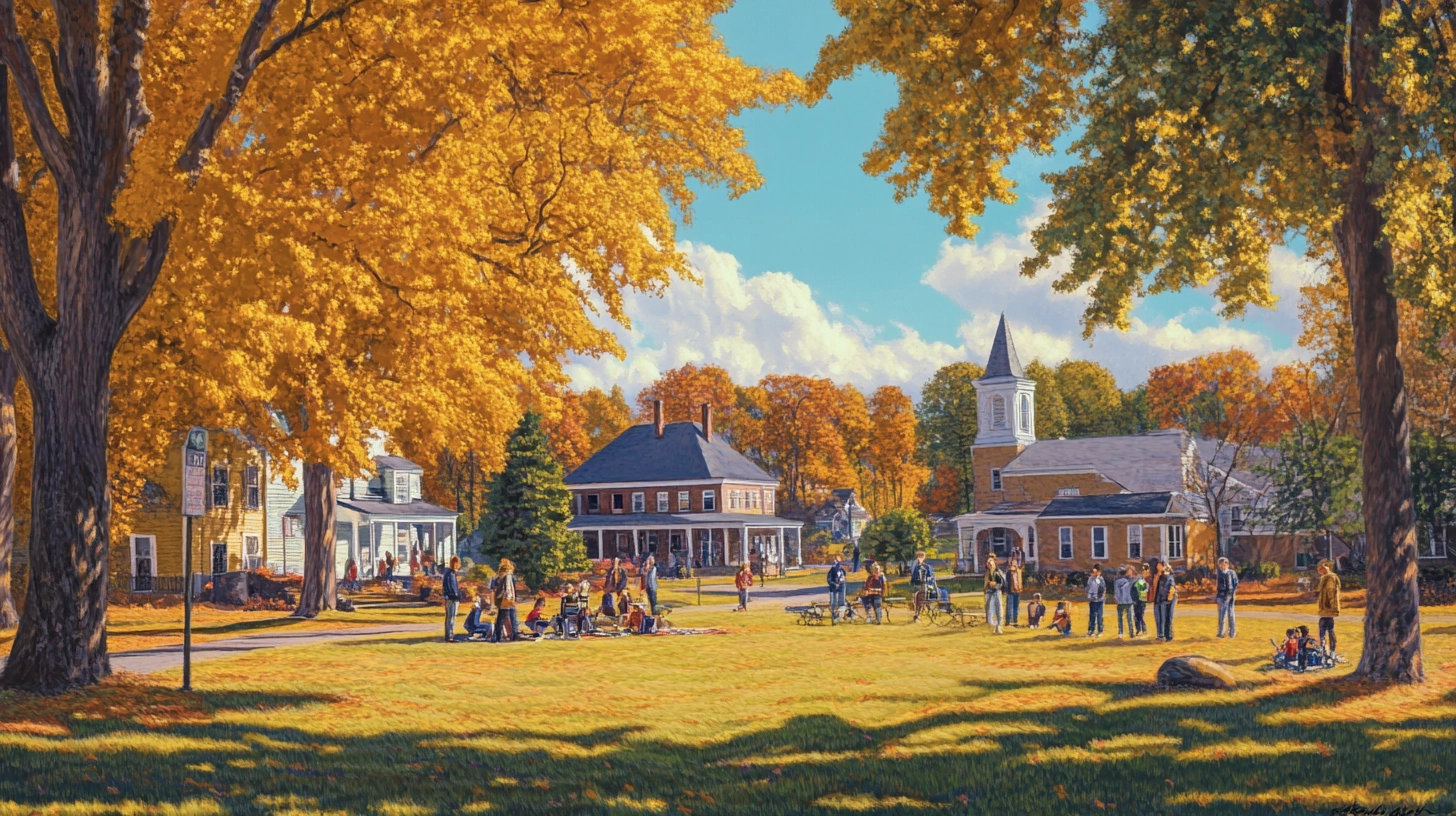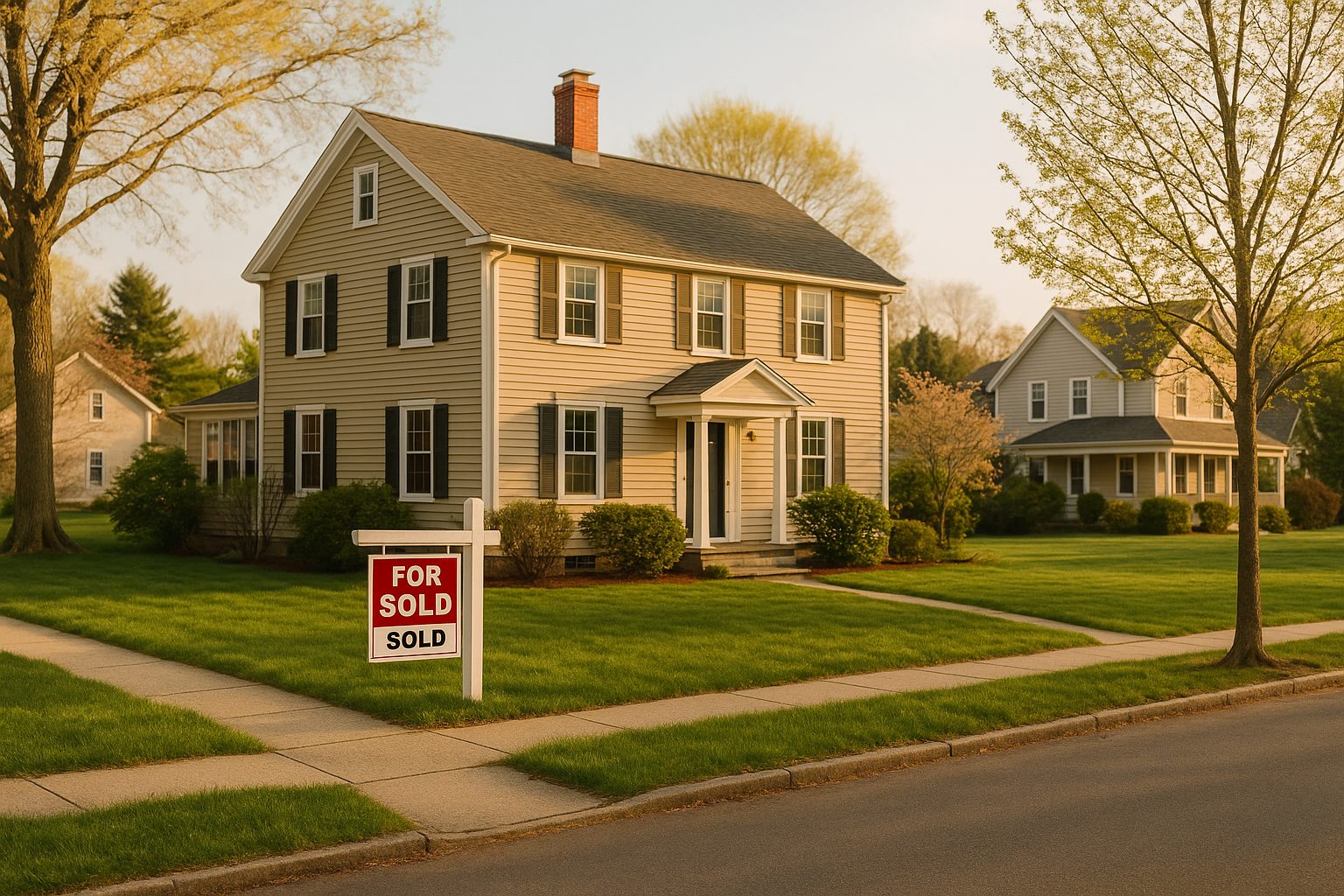First, Where on Earth Is Millville? (Hint: Worcester County)
Millville sits right on the Massachusetts and RI state line, wedged between Blackstone, Uxbridge, and the old mill cities hugging the Blackstone River. For easy access, Worcester is a half-hour drive north if traffic behaves. Providence is twenty-five minutes south, again if the highway gods smile. Boston? Figure fifty miles and at least an hour, longer on game days.
Population hovers around 3,200 souls. That’s roughly one small high-school gym full of people spread across five-ish square miles. Locals all seem to know who just bought the colonial on Central Street and who still owes the library late fees. Some love that intimacy. Some feel watched. You decide.
A quick fun fact: Millville is a New England town once dotted with granite quarries and textile mills. Most shut down decades ago, leaving behind stone foundations and a gritty New-England-meets-rust-belt vibe. The Blackstone River Heritage Corridor has pumped money into trails, so you’ll see kayaks drifting past mossy mill walls. Instagram gold if you’re into that.
Is Millville a Good Place to Live?
I promised raw, so here it is. The good list first.
- Small-town calm: The loudest thing on a Sunday morning is a lawn mower or maybe the church bells on Chestnut Hill Road. If you’re fleeing leaf-blower mania in the suburbs, Millville’s pace feels like a deep exhale.
- Nature on tap: Love the outdoors and outdoor activities? Areas like Blackstone River Bikeway for biking starts just over the town line. You get towpaths, herons, and the smell of wet pine after a storm. Hop in the car ten minutes and you’re at Southwick’s Zoo or Mendon’s Lake Nipmuc for a stroll or hike in beautiful scenery.
- Real-life safety: Ask the police chief for the blotter. Most calls are wandering dogs or somebody’s kid dinging a mailbox. Violent crime barely shows up on charts. You can walk the dog at midnight without scanning every shadow.
- Friendly, not fake: Move here and you’ll collect four homemade banana breads before you finish unpacking. The volunteer fire-fighter next door will plow your driveway after a nor’easter just because. That kind of neighbor capital and strong sense of community is priceless. Millville is family friendly.
- Kids get attention: Elementary students attend Millville Elementary; grades 6-12 ship to the Blackstone-Millville Regional school system (public schools). Class sizes hover in the teens. Teachers greet parents by first names at pick-up. If your kid needs extra reading help, they won’t get lost in the shuffle.
- Taxes lower than you’d guess: Worcester County rates can sting, but Millville’s property values sit below nearby Mendon or Sutton. The mill worker cottages and 1980s capes trim the bill. Net result: a yearly tax line that often lands a few hundred dollars lighter than the next town over, even with a slightly higher per-thousand rate.
- Room for toys: Most houses lie on half-acre or full-acre lots. Want chickens? Backyard hockey rink? A camper you never actually use? Slide it behind a shed and no condo board will chase you.
- Community events that aren’t corporate: Look for the Firemen’s Muster in August: old-school hose competitions, smoked-meat aromas, kids sprinting with water buckets. December brings a tree-lighting on Main Street complete with off-key carols and free cocoa. Zero sponsorship banners, just townsfolk doing their thing. You’ll find that close community feeling here.
Enough sunshine? Cool. Let’s flip the coin.
The Stuff That Will Bug You (AKA Amenity Shortage)
- Jobs are elsewhere: Millville proper offers pizza joints, a post office, an auto shop, and a single landscaping yard. That’s about it. Most residents drive to CVS Health in Woonsocket, the biotech belt near Hopkinton, or hospitals in Providence. If commuting gives you hives, think hard.
- No public transit: The closest MBTA stop sits in Franklin, fifteen minutes east, with limited parking after 7 a.m. Miss the train and you’re stuck in 495 sludge. Uber? Sparse. Bus? Forget it. Owning a reliable car is not optional.
- Internet can lag: Spectrum cable covers most streets, but fiber hasn’t fully arrived. Speeds top out around 400 Mbps, which gamers call “meh.” A couple neighborhoods off Thayer Street still rely on DSL lines dated enough to appear in a museum. Remote workers, check addresses before signing.
- Wells and septics rule: Town water covers just six roads. Everyone else lives on private wells and individual septic tanks. Translation: every few years you’ll pump the tank and pray the leach field doesn’t fail. Drilling a replacement well runs five figures.
- Nightlife lights out at nine: One bar sits inside an old freight-house. It pours solid craft pints but closes early on weeknights. Your other options: drive to Whitinsville for trivia night or cities like Boston and Providence for genuine buzz. Millennials craving brewery crawls will feel the walls close in. Dining options are equally limited.
- Shopping is drive-to-it: Grocery run? Market Basket in Bellingham or Shaw’s in Northbridge. Target? Ten miles. Desk for your kid’s remote classroom? Tractor Supply has a corner shelf, yet you’ll still order from Wayfair.
- Snow dumps hard: Millville’s elevation plus open farm fields equals drifts that bury mailboxes. The town plows keep main roads clear, though side streets turn into luge courses till mid-morning. Shovel early, shovel often.
- Future development could tilt the balance: A 100-unit affordable-housing proposal on Central Street is winding through hearings. Supporters see tax base growth; opponents fear traffic and school crowding. Watch the zoning board minutes if serenity is your priority.
The Property Scene Uncensored (Is It Affordable?)
Affordability is possible here. Millville’s housing stock breaks into three buckets:
- 1850-1920 mill cottages hugging Main and Lincoln Streets. Small rooms, granite basements, asking around 320-350k. Some boast original wide-plank floors; others need a roof yesterday.
- 1970-2000 capes and raised ranches on leafy half-acres off Chestnut Hill. Median this spring sat near 425k. Buyers like attached garages and oil-heat systems converted to propane.
- A sprinkle of new-build colonials on former corn fields along Ironstone and Central. Expect 2,600 sq ft, vinyl siding, and price tags brushing 550-600k once you add the deck and lawn sprinklers.
Days on market averaged just 14 in 2023. Yes, two weeks. Bidding wars still happen, though you’re not hitting the hysteria of Franklin or Hopkinton. Investors flip the occasional antique farmhouse into short-term rentals targeting Blackstone River tourists, but cap rates remain slim.
If you crave land, a ten-acre parcel surrounded by woods on Thayer closed at $210,000 last fall. Trouble is the soil perked marginally, so the buyer must pony up an engineered septic plan. That reality keeps prices sane.
Pro tip you will not see on Zillow: pay attention to cellar smell. Millville’s water table rises after heavy rain. A sump pump is standard equipment. Sellers slap epoxy paint on stone walls and pray no one notices the line where moisture creeps. Bring a flashlight.
Utility bills? Oil deliveries on a typical cape run 600 gallons a season, roughly $2,400 at recent prices. Propane conversions shave 15 percent. Solar works well on south-facing roofs because tree cover is moderate, and Mass net-metering credits still pay.
Insurance rarely spikes since the town avoids FEMA flood plains except a ribbon along the river. Expect $1,100-$1,300 yearly for a 2,000 sq ft colonial.
Negotiation culture: people in Millville list just above appraised value and refuse to budge more than two percent. Offer earnest money and a flexible close instead of low-balling; you’ll do better.
Ready for Living in Millville?
Millville is the kind of tight-knit community where you wave to every car because one might be your kid’s teacher. It feels like home. You trade big-box and “amenity convenience” for the hush of crickets and a backyard bonfire. You accept septic maintenance so your children can bike a cul-de-sac without sidestepping traffic. It’s a great place to live.
If that swap sounds fair, start scouring new listings the moment they ping. Bring a moisture meter, a commute plan, and boots sturdy enough for March mud.
Still on the fence? Drive through at 7 a.m., watch how many SUVs exit town in a single file toward Route 146. Picture yourself in that line. Smile or shudder. Your answer lives in that feeling.
Either way, you now own the real pros and cons of Millville. Use them well, and may your next move be the right one.

